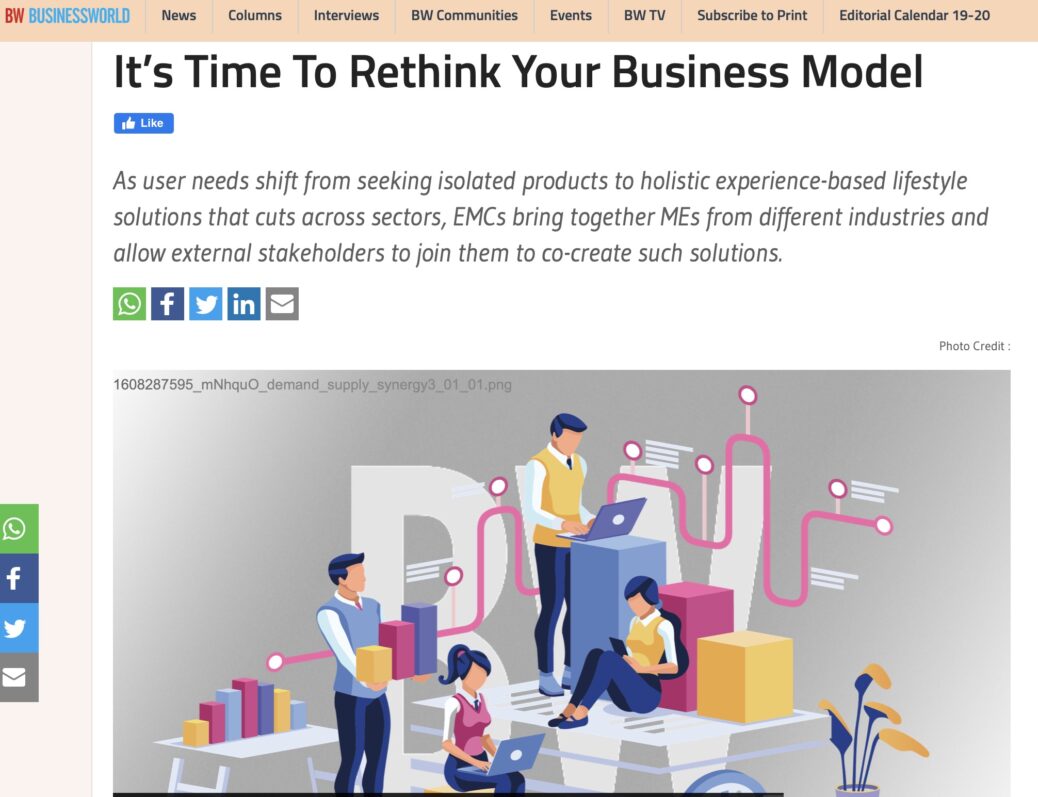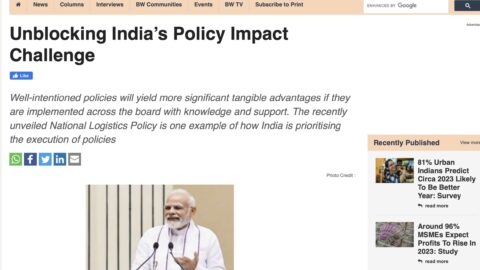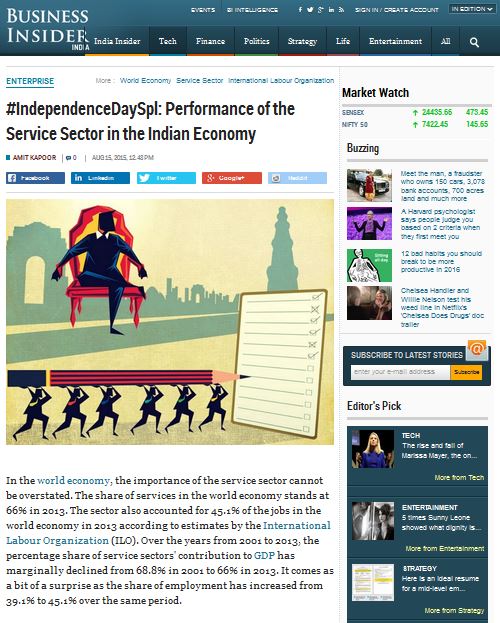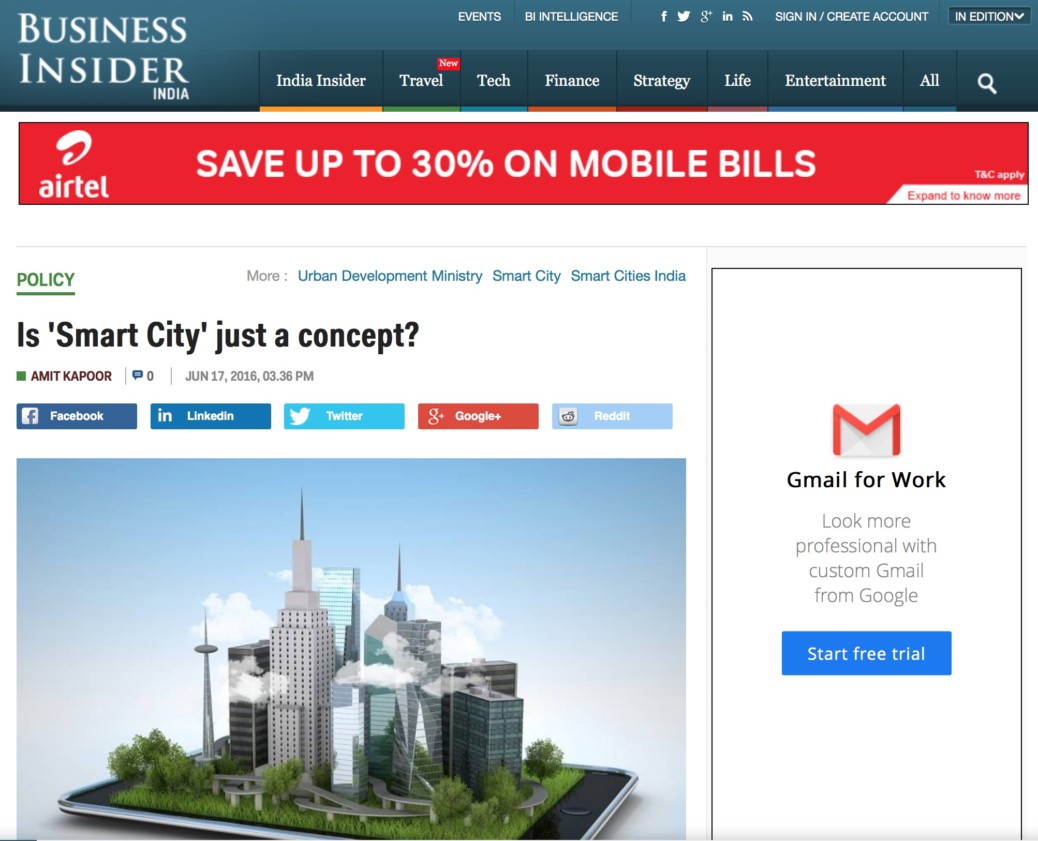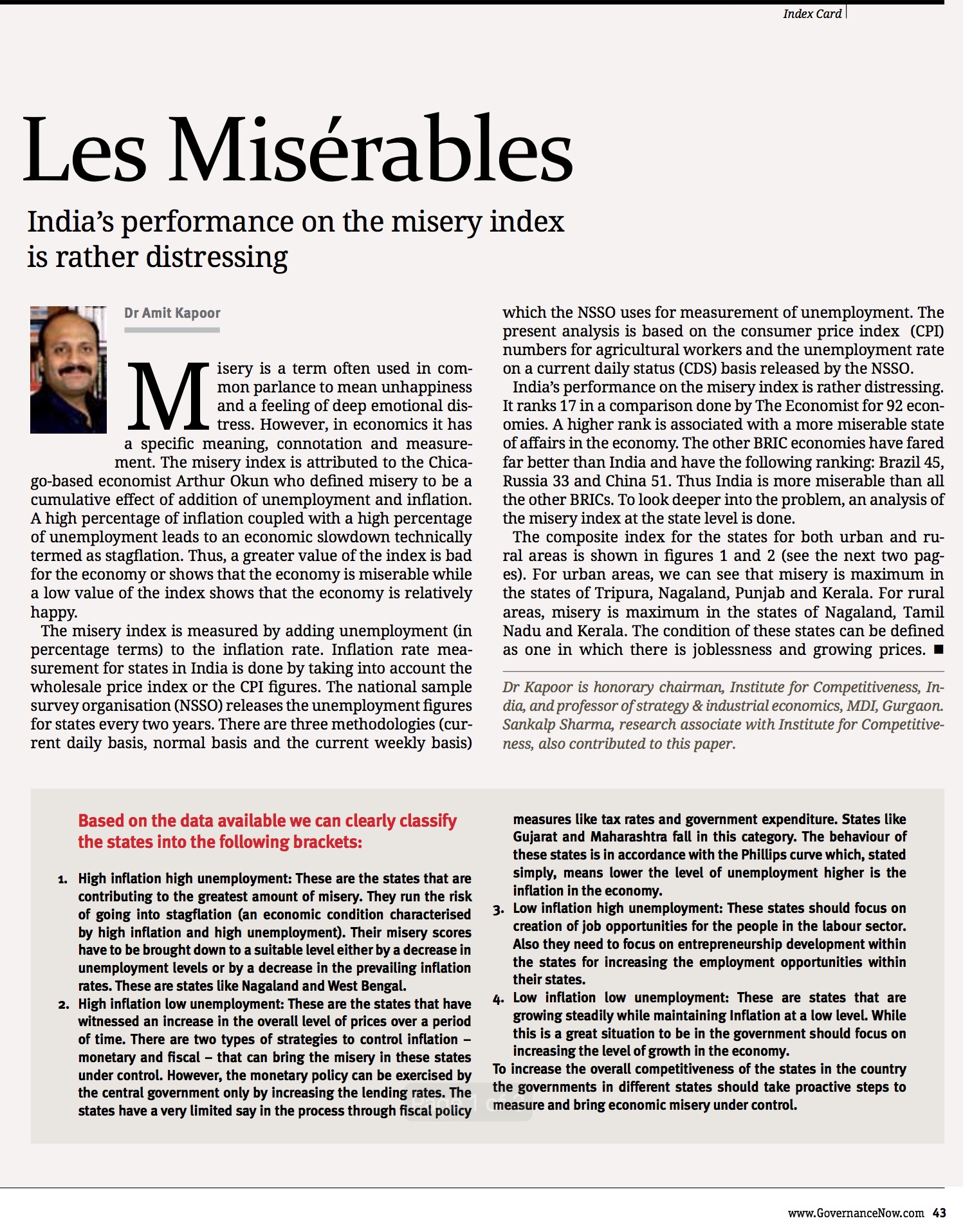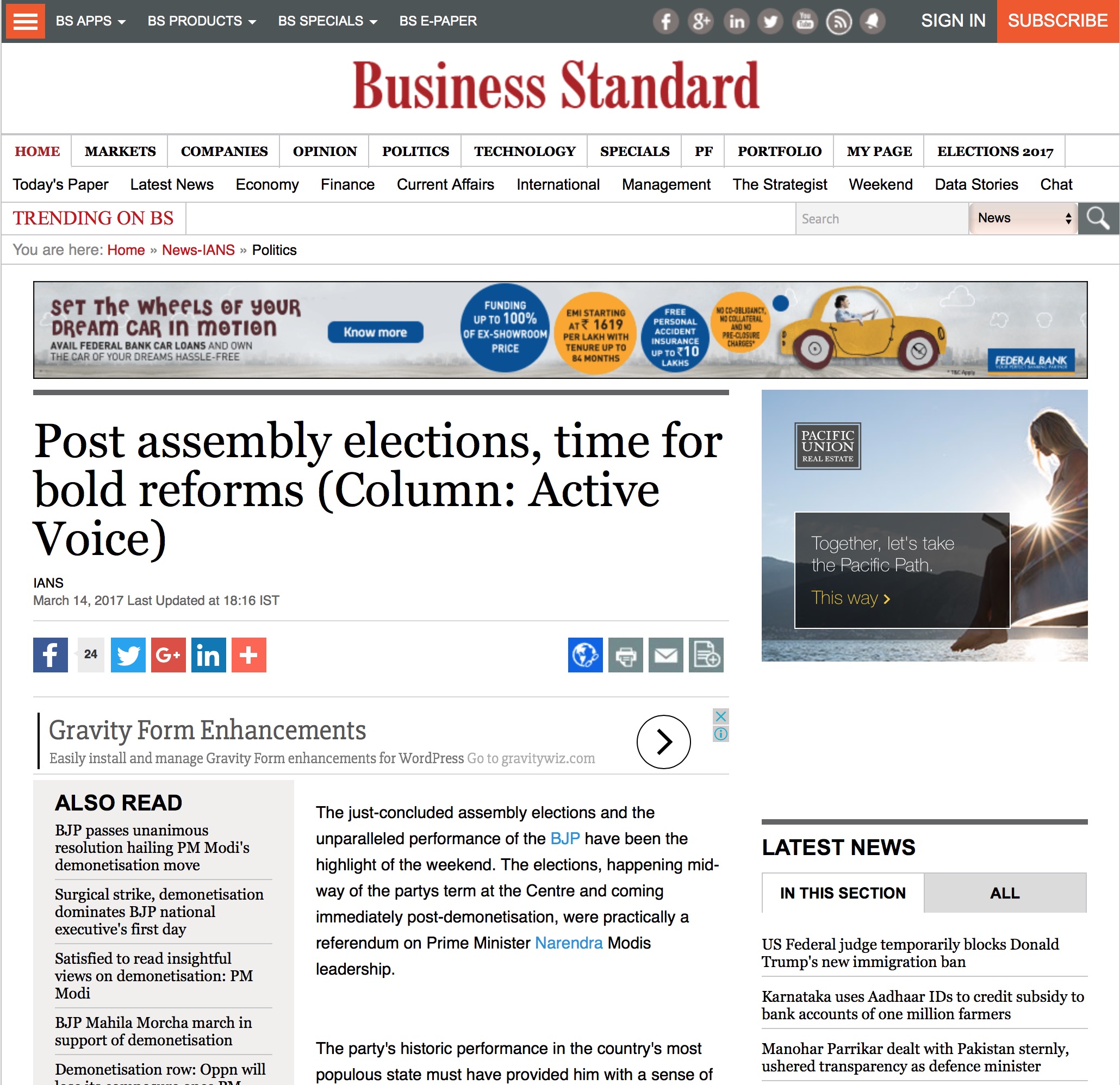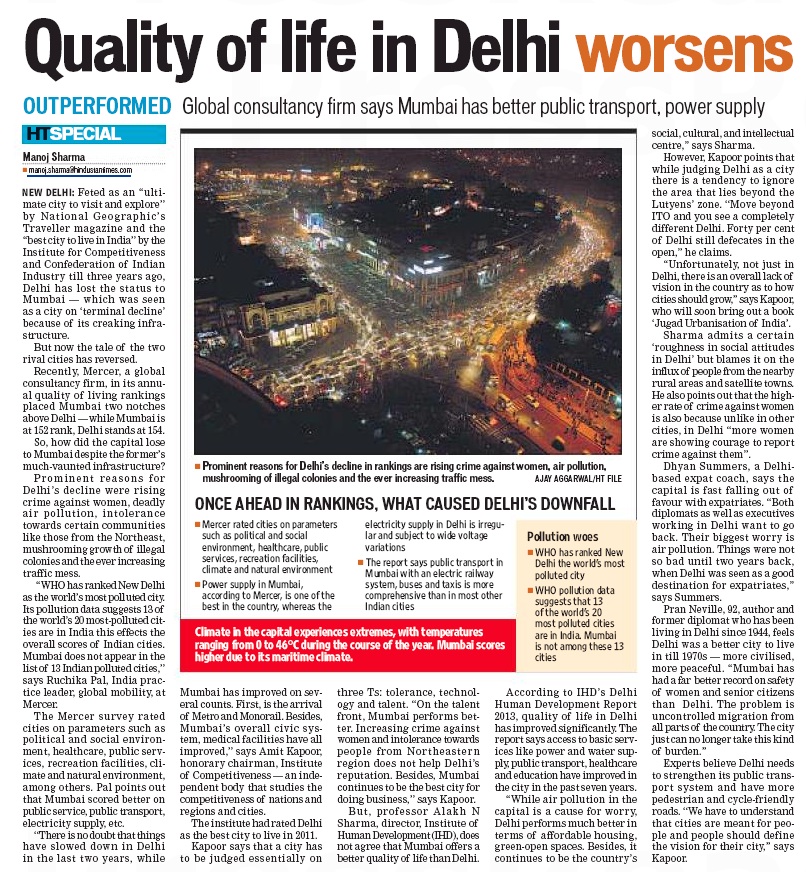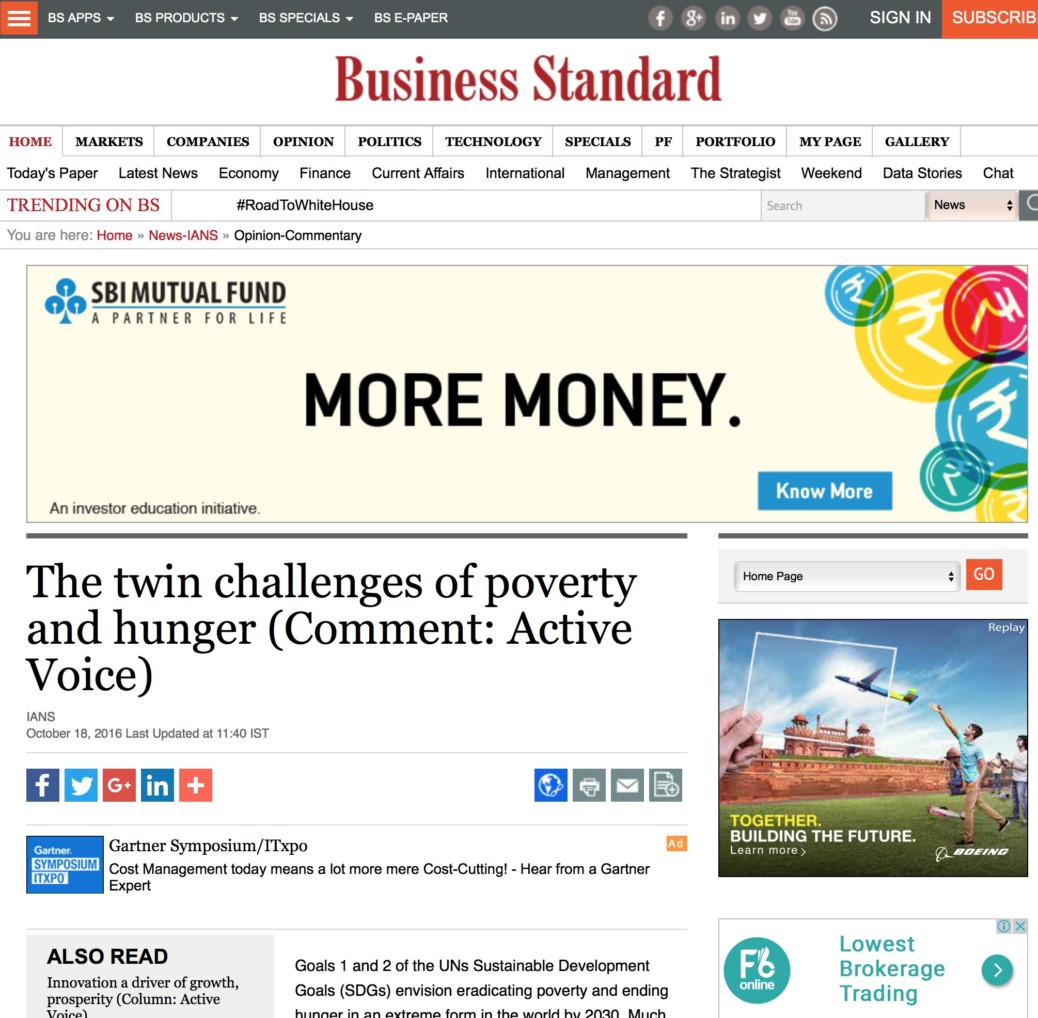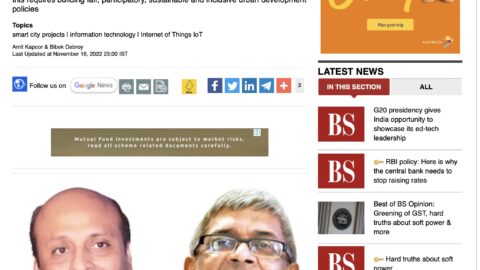It’s Time To Rethink Your Business Model
The world is undergoing the fourth industrial revolution, where technological breakthroughs are happening at an exponential rate, disrupting every industry across the globe. As immense competition exerts greater pressure on businesses to continue to develop strategies to capture a larger share of the market, new innovations may become obsolete sooner than expected. Thus, in the current business environment, markets run the risk of reverting to a red ocean competition characterised by homogeneity of products and platforms.
The question is, how to remain competitive without resorting to the zero-sum game? The need of the hour for businesses is to rethink their business models, and the first step in that direction is to rethink their purpose. In a bid to generate profit, businesses have increasingly adopted a single-minded approach that distances them from the very society within which they operate. Businesses regard profits as the end when it is merely a means, while the people who serve as the resources and consumers for businesses are the end. In simple words, businesses need to put people at the centre.
The idea can often be misinterpreted as a trade-off between profit and people, but there is evidence that a re-centring of the approach can be a win-win situation too. The leading white goods manufacturer, Haier Group’s business model, called the Rendanheyi model, is embedded in the principle of “human values come first”. In the term “Rendanheyi, “Ren” stands for employees or people, “Dan” is user needs, and “Heyi” means integrating employees and user needs. The idea is to enable both employees and consumers to maximise their wellbeing. As the business model evolved over time, it has also brought external partners within the fold of its people-centric approach.
The goal of integrating employee and user needs is achieved by reimagining the management model to remove the middle management and create “zero distance” between employees and users, so that employees are tapped into the user needs sans barriers. Hence, instead of a linear management model, Haier creates Ecosystem Micro Communities (EMCs), wherein each EMC is composed of Microenterprises (MEs), which are further composed of 7-8 employees who interact with users and cater to their needs. MEs perform the function of making business decision, hiring decision and distributing compensation. The finance, HR, legal, and IT services are provided to them by a single, shared services platform.
As employees within each ME perform the entrepreneurial tasks, they directly face the users, understand their needs and then develop solutions in the form of products. Keeping with the idea of “zero distance”, employee remuneration is also tied to the value they create for users, which serves as a stronger incentive structure than a fixed remuneration. Thus, employees are driven to create greater value for users to maximise their remuneration, and in the process, the wellbeing of both parties are enhanced.
As user needs shift from seeking isolated products to holistic experience-based lifestyle solutions that cuts across sectors, EMCs bring together MEs from different industries and allow external stakeholders to join them to co-create such solutions. Since consumer needs drive innovation, they too become co-creators in a way. An ecosystem composed of users, enterprises and other stakeholders thus grows as each entity creates value for the other.
The Rendanheyi model shows that when people are at the centre of operations, the business model so formed creates a mutual value creating system between both users and businesses and between businesses. It breaks the mould of traditional competition and puts a system in place where market players, instead of fighting for a bigger piece of the pie, work to increase the size of it.
The article was published with Business World on July 28, 2021.

